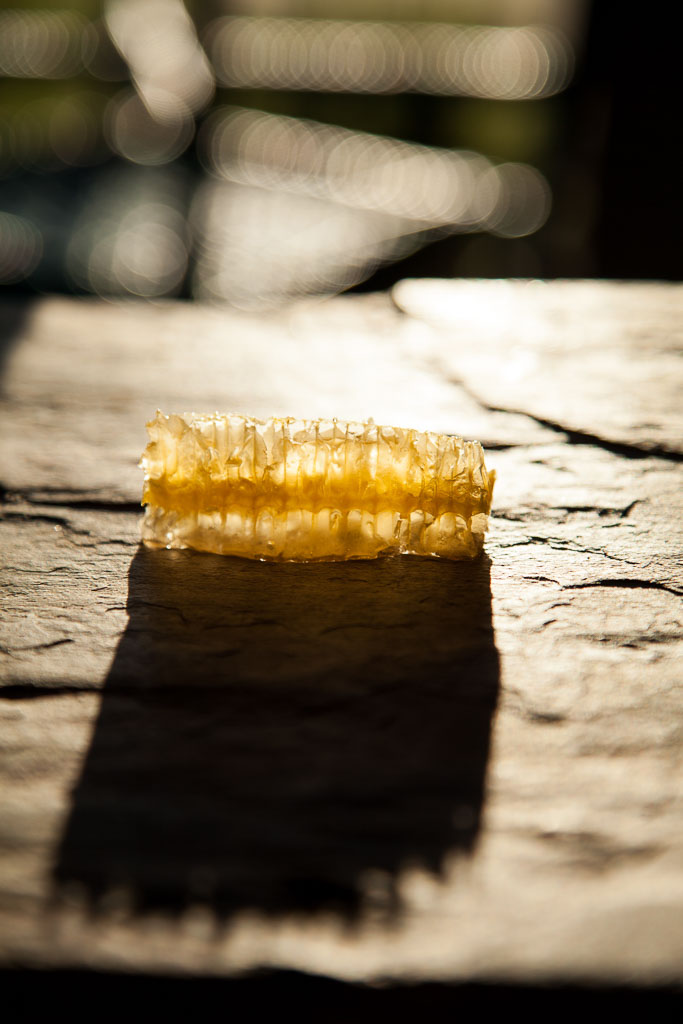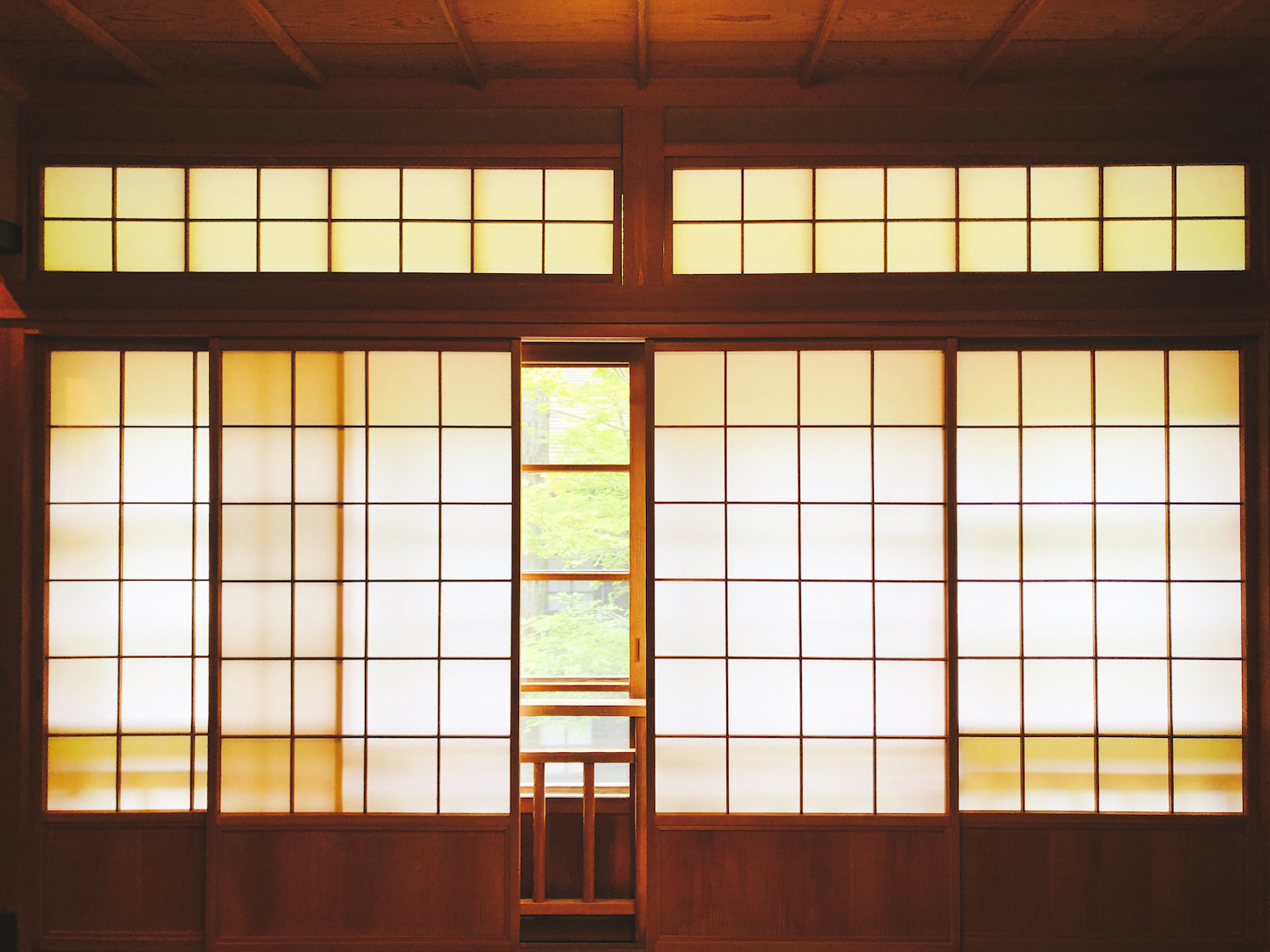
The onsen smelled of wood smoke and wet, salty heat. Our shoes we’d taken off inside the door, and they’d been quickly, quietly whisked away before we even realized they were gone. We let them go without much thought, mesmerized by the heavy stillness and dusky smoke. A man in a striped yukata walked past, skin shiny and red, a towel slung around his shoulders.
Hoshi Onsen sits in the midst of mountainous Gunma prefecture about two hours to the north of Tokyo. We’d been almost too cavalier with the directions, not realizing how lucky we were to have caught an earlier Tokyo-bound Shinkansen out of Kyoto until we were standing at an empty end-of-the-line bus stop in the middle of a sleepy mountain town where the Kanji-only schedule informed us that the next bus to Hoshi was the last bus of the day. It was 3:00 p.m.
To reach Hoshi, you take a Shinkansen north to the Jomo-Kogen station, a long and lonely building with just a few tracks, even fewer travelers, the ubiquitous convenience store, and a tiny, fluorescent-lit shop selling bowls of unadorned, yet excellent udon soup (which I know, because we ate some on the way out). From Jomo-Kogen, you catch an old white 30-seater bus that takes you up winding mountain roads, past small hamlets and mostly dense, dark trees, and then a wide slate-colored lake with a row of fluttering fish flags strung majestically across it from end to end. Half an hour gets you to the end of the line at Sarugakyo, and from there, you take an even smaller bus twenty minutes to the last stop on its line: Hoshi.
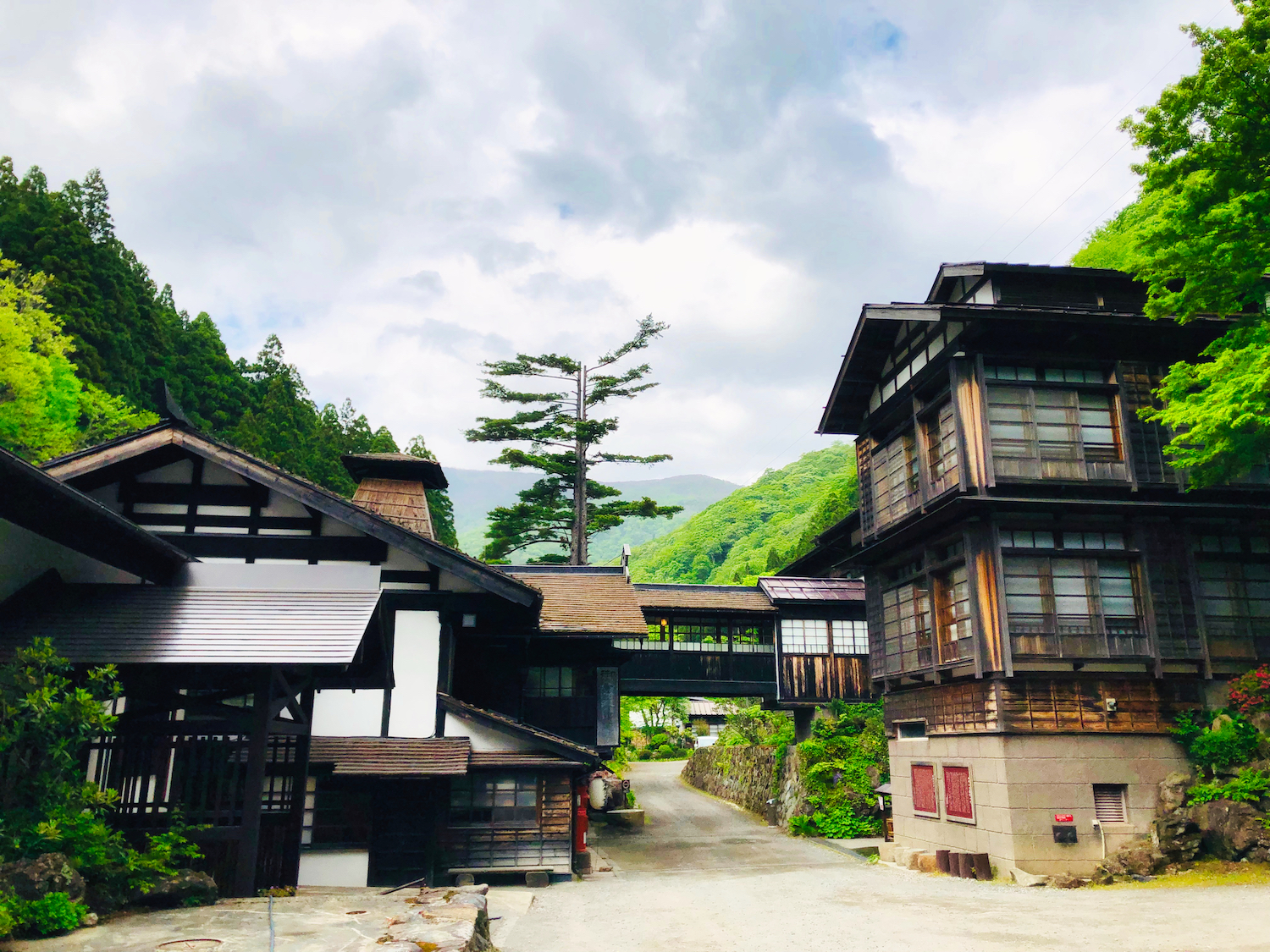
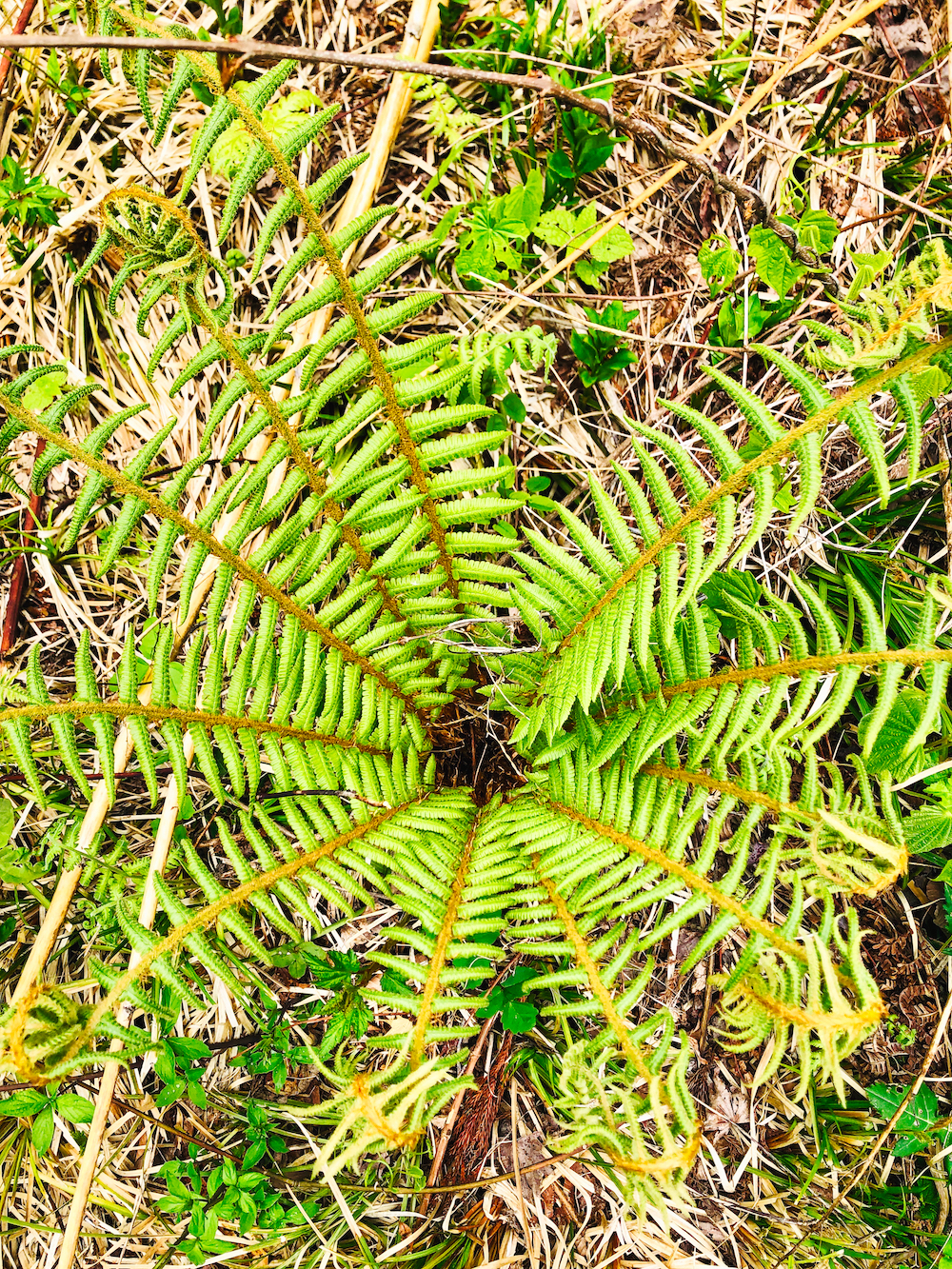
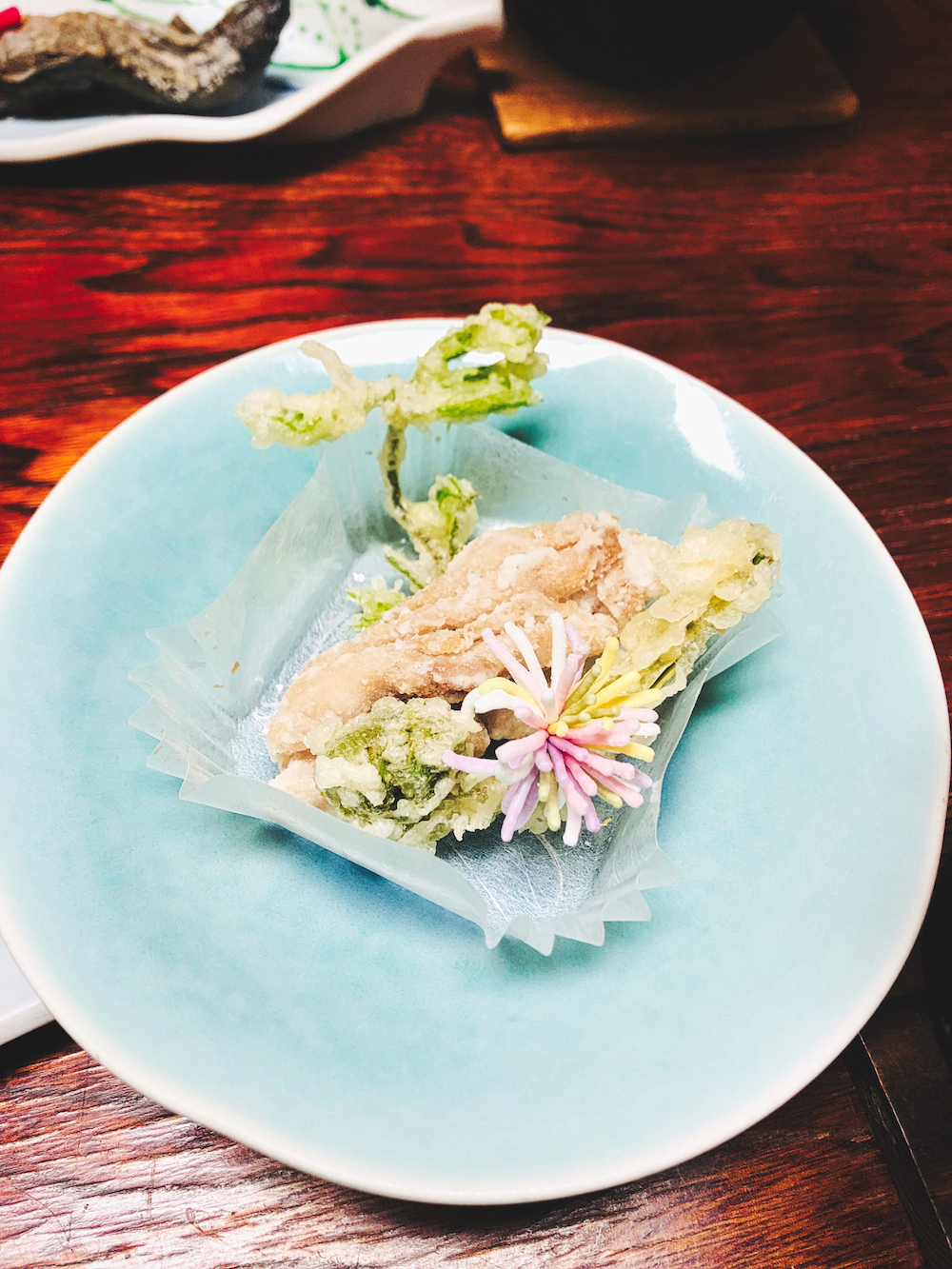
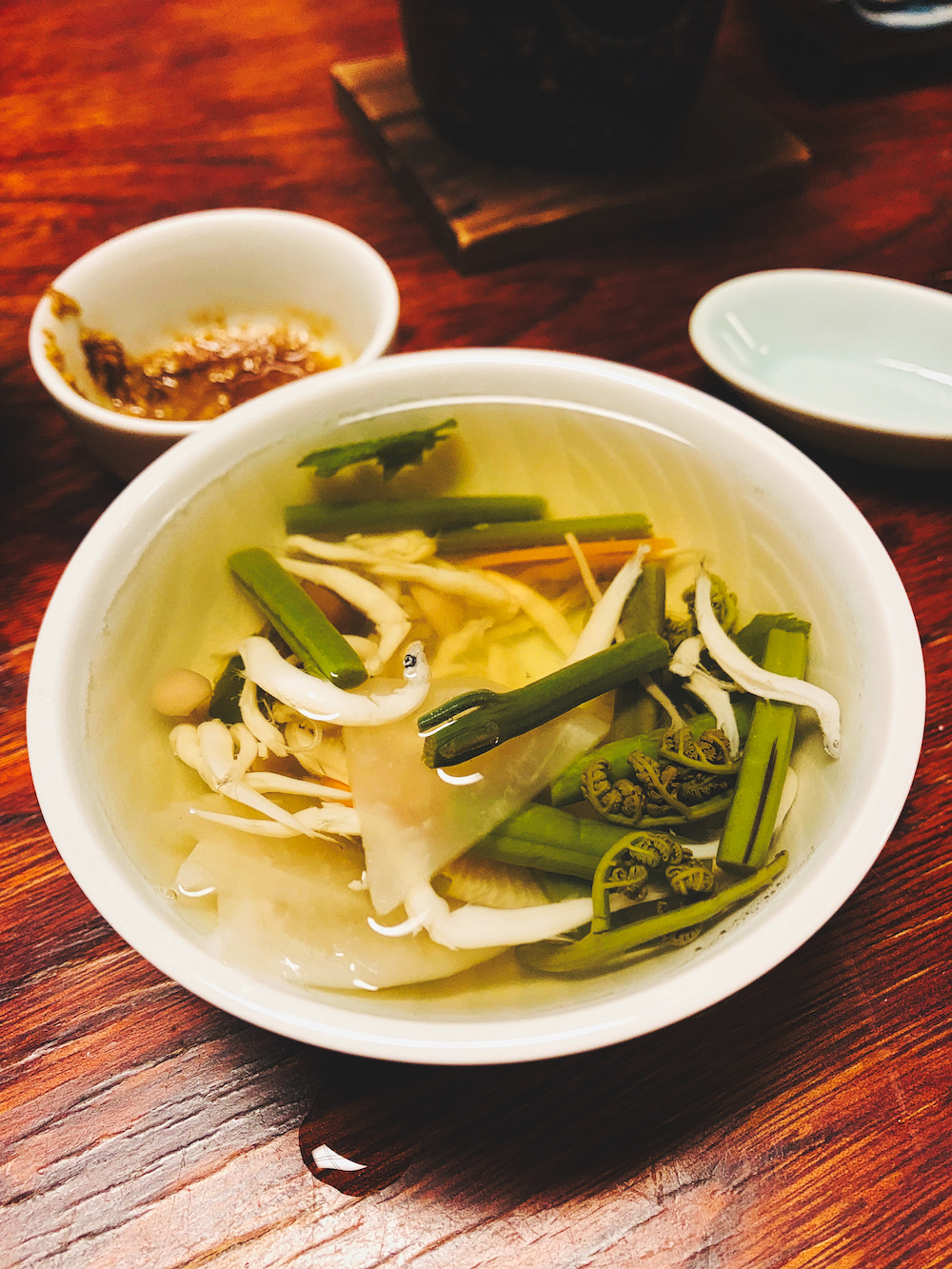

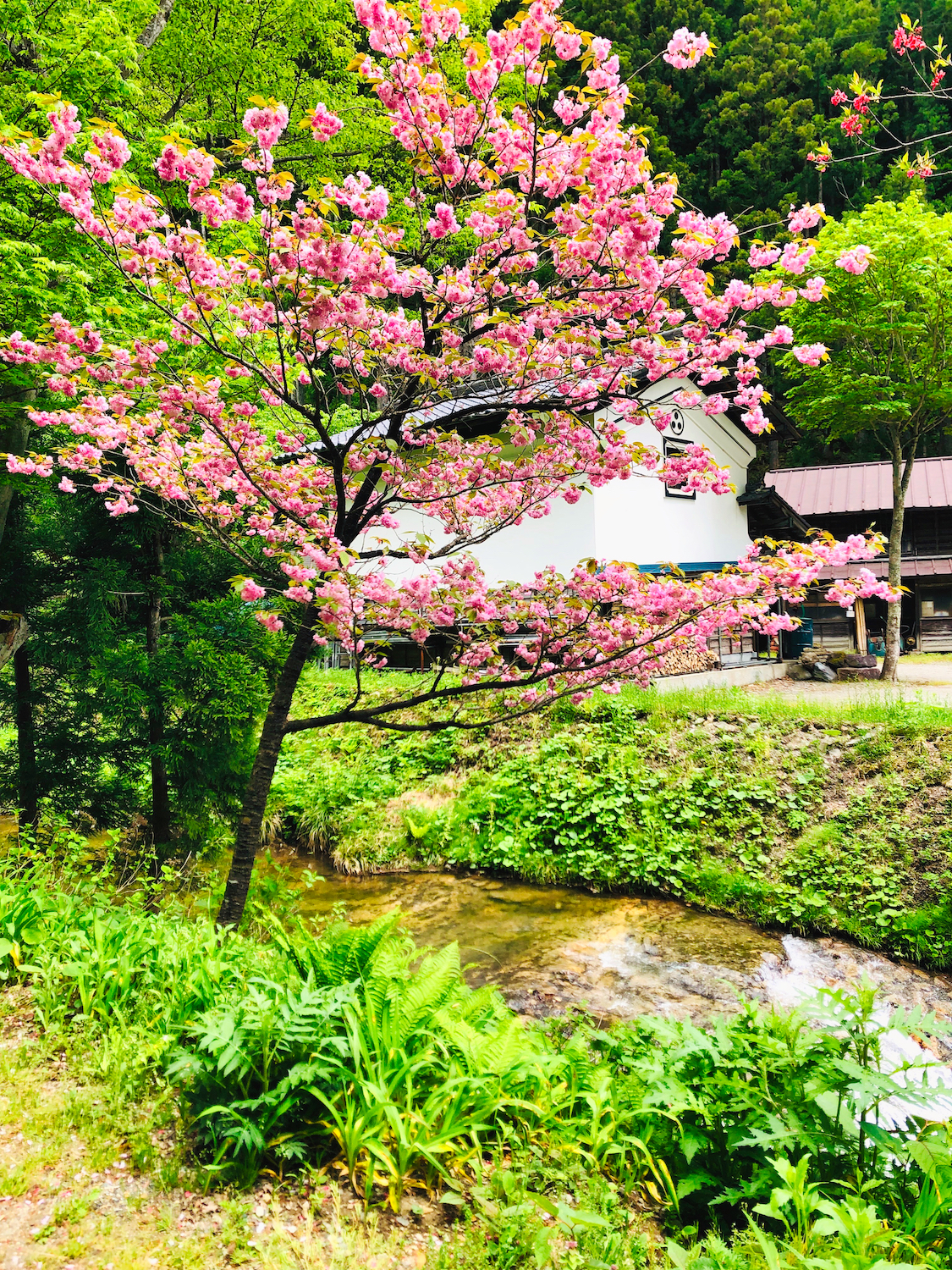
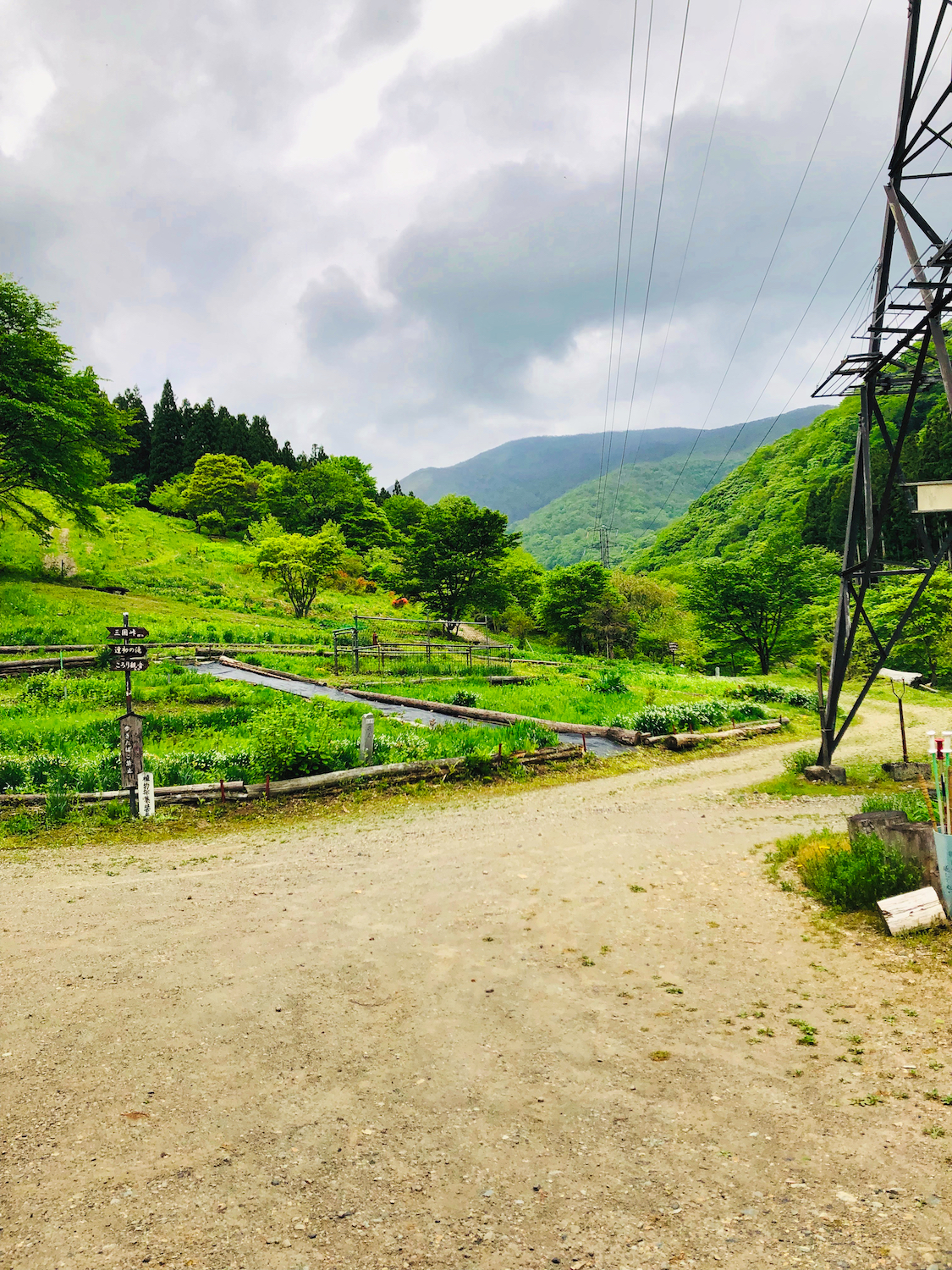
Somehow, we’d expected something more modern and gleaming, since our online search back in Berlin for an onsen near Tokyo had been limited to tattoo-friendly establishments. » Continue reading this post...







